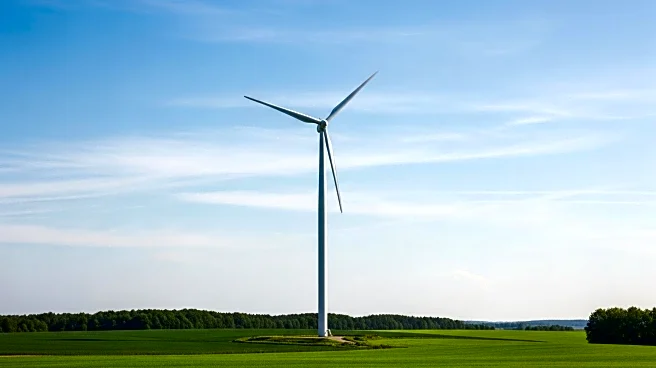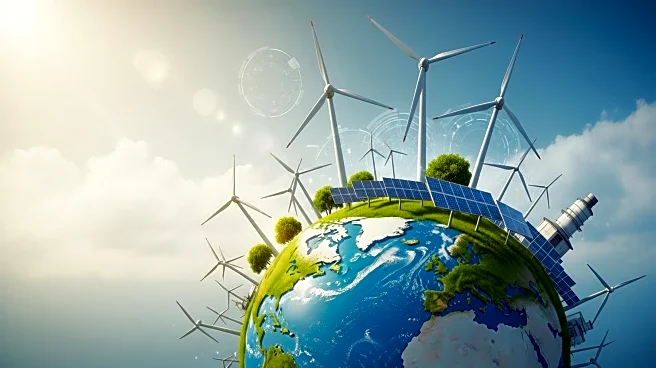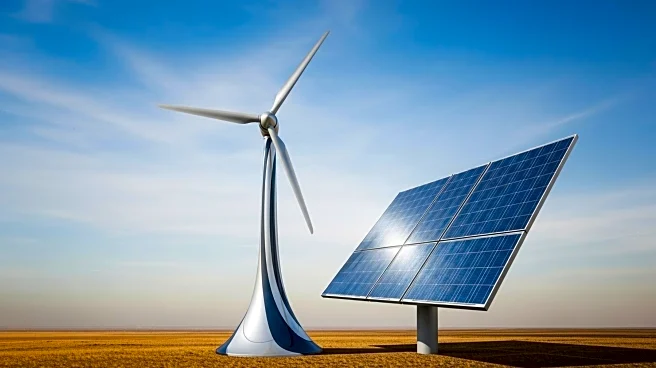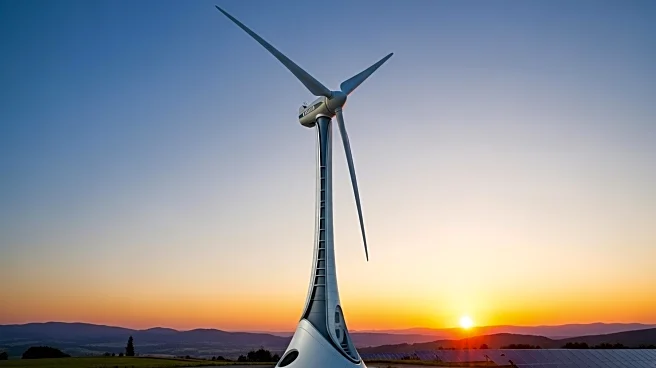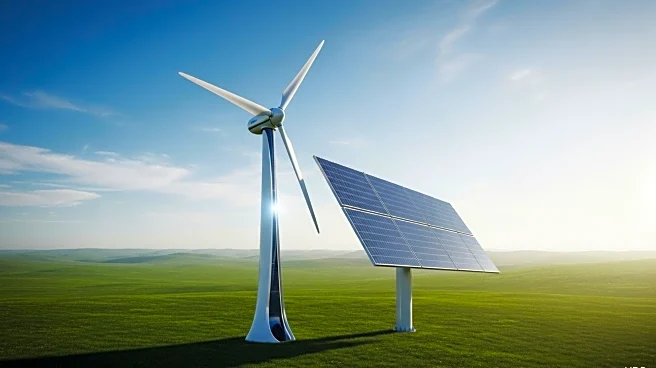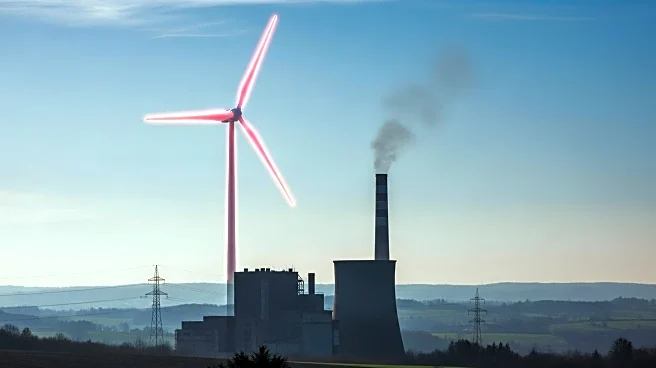What's Happening?
Grid operators and energy experts are increasingly favoring renewable energy sources, such as wind and solar, in the U.S. power market. Despite concerns about the reliability of intermittent resources, automated energy markets are selecting renewables due to their cost-effectiveness. In the first seven months of 2025, solar accounted for over 16 GW of the 21.5 GW added to the U.S. power system, with wind contributing almost 3.3 GW. The shift towards renewables is driven by their lower levelized cost of electricity and competitiveness in energy markets.
Why It's Important?
The growing preference for renewable energy in the U.S. power market reflects broader trends towards sustainable energy solutions. As demand for electricity rises, renewables offer a cost-effective and environmentally friendly alternative to fossil fuels. This shift has implications for energy policy, grid reliability, and economic stakeholders, as utilities and grid operators adapt to changing market dynamics. The transition to renewables also aligns with federal incentives and tax credits, promoting investment in clean energy infrastructure.
What's Next?
As renewable energy continues to dominate new generation resources, grid operators and utilities are likely to invest in technologies that enhance grid reliability and efficiency. The integration of storage solutions and advanced forecasting tools will play a crucial role in managing intermittent resources. Policymakers and industry leaders will need to address challenges related to grid infrastructure, regulatory frameworks, and market incentives to support the ongoing transition to renewable energy.
Beyond the Headlines
The shift towards renewables highlights broader discussions on energy independence, climate change, and sustainable development. The transition to clean energy sources could drive innovation in grid technologies and create new economic opportunities. However, it also raises questions about the long-term sustainability of energy systems and the need for comprehensive policies that balance environmental goals with economic growth.

